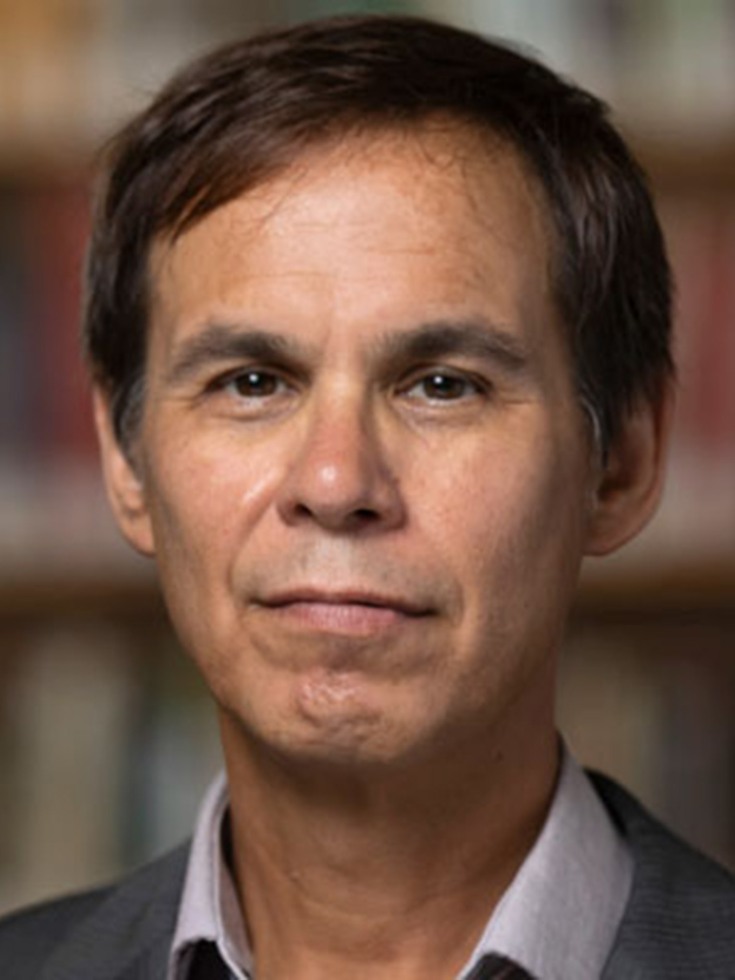The Mindfulness Center at the Brown University School of Public Health investigates the impact of mindfulness techniques on health and well-being. Along with reduced emotional reactivity and improved behavioral regulation, mindfulness is effective in reducing stress, studies show—and mindfulness may play a role in helping to manage life-threatening conditions like hypertension and depression.
Jeffrey Proulx, assistant professor of psychiatry and human behavior and of behavioral and social sciences at Brown, explores the relationship between mindfulness, inequality and social justice. One of his goals is to expand mindfulness practices specifically within Indigenous communities – a population that suffers socioeconomic disparities and ill health disproportionately.
This November, Proulx convened a summit on mindfulness and Indigeneity at the Mountain Cloud Zen Center in Santa Fe, New Mexico. There he brought together 30 mindfulness researchers and practitioners from Indigenous communities across North America.
During the summit, participants formed the Indigenous Mindfulness Coalition – one of Proulx’s hopes for the gathering. “The summit fulfilled all of the goals that we had set out, primarily to bring together people from all over the country that work with Indigenous communities and develop mindfulness programs for them,” Proulx said. “These people are doing incredible work, but they're all over the country and don't connect much. Just bringing these people together can catalyze things.”
